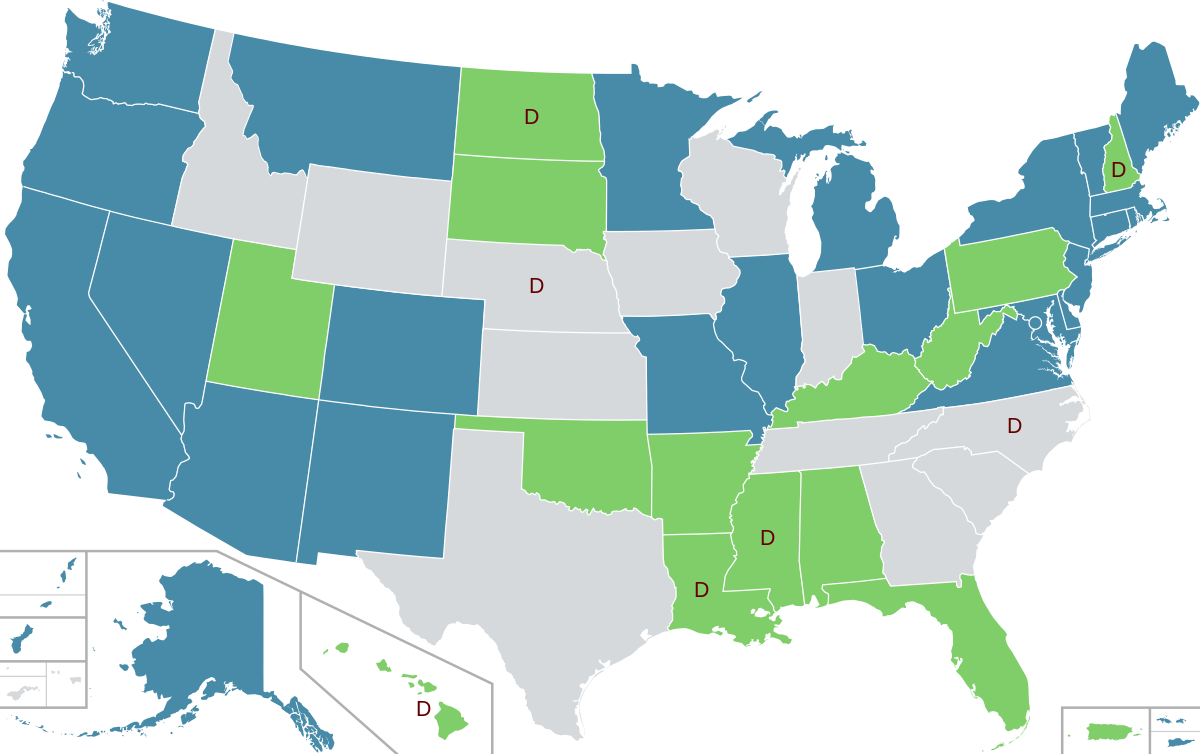acespicoli
Well-known member

History | Cannabis Research | School of Pharmacy
Get more information on the history of cannabis research at the University of Mississippi School of Pharmacy. Learn more now.
registrants to cultivate marijuana for research purposes.
no request needed just click and read...
SUPPLEMENTARY INFORMATION:
The Controlled Substances Act (CSA) prohibits the cultivation and distribution of marihuana except by persons who are registered under the CSA to do so for lawful purposes. In accordance with the purposes specified in21 CFR 1301.33(a),
marijuana - National Archives Search Results

The Latest Updates on the Farm Bill – Farm Aid
The Farm Bill is a huge piece of legislation and its path to become a law will be filled with twists and turns. Here are the latest updates.

Legality of cannabis by U.S. jurisdiction - Wikipedia
| Jurisdiction | Effective date | Licensed sales since | Legalization method |
|---|---|---|---|
| Washington (state) | December 6, 2012 | July 8, 2014 | Initiated ballot measure |
| Colorado | December 10, 2012[246] | January 1, 2014 | Initiated ballot measure |
| Alaska | February 24, 2015 | October 29, 2016 | Initiated ballot measure |
| Washington, D.C. | February 26, 2015 | Never authorized | Initiated ballot measure |
| Oregon | July 1, 2015 | October 1, 2015 | Initiated ballot measure |
| California | November 9, 2016 | January 1, 2018 | Initiated ballot measure |
| Massachusetts | December 15, 2016 | November 20, 2018 | Initiated ballot measure |
| Nevada | January 1, 2017 | July 1, 2017 | Initiated ballot measure |
| Maine | January 30, 2017 | October 9, 2020 | Initiated ballot measure |
| Vermont | July 1, 2018 | October 1, 2022[247] | Legislative bill |
| Northern Mariana Islands | September 21, 2018 | July 16, 2021[248] | Legislative bill |
| Michigan | December 6, 2018 | December 1, 2019 | Initiated ballot measure |
| Guam | April 4, 2019 | Not yet started | Legislative bill |
| Illinois | January 1, 2020 | January 1, 2020 | Legislative bill |
| Arizona | November 30, 2020 | January 22, 2021 | Initiated ballot measure |
| Montana | January 1, 2021 | January 1, 2022[249] | Initiated ballot measure |
| New Jersey | February 22, 2021 | April 21, 2022 | Legislatively referred ballot measure |
| New York | March 31, 2021 | December 29, 2022[250] | Legislative bill |
| New Mexico | June 29, 2021[251] | April 1, 2022[252][253] | Legislative bill |
| Connecticut | July 1, 2021 | January 10, 2023[254] | Legislative bill |
| Virginia | July 1, 2021 | Never authorized | Legislative bill |
| Rhode Island | May 25, 2022 | December 1, 2022 | Legislative bill |
| Missouri | December 8, 2022 | February 3, 2023[255] | Initiated ballot measure |
| United States Virgin Islands | January 18, 2023 | Not yet started | Legislative bill |
| Delaware | April 23, 2023 | Not yet started | Legislative bill |
| Maryland | July 1, 2023 | July 1, 2023 | Legislatively referred ballot measure |
| Minnesota | August 1, 2023[102] | Not yet started | Legislative bill |
| Ohio | December 7, 2023 | Not yet started | Initiated ballot measure |
makes me wonder what the future holds for legalization

will the rest of the country ever be as free to grow as states like cali ?

Legal history of cannabis in the United States - Wikipedia
In the West, the first state to include cannabis as a poison was California. The Poison Act was passed in 1907 and amended in 1909 and 1911, and in 1913 an amendatory act was made to make possession of "extracts, tinctures, or other narcotic preparations of hemp, or loco-weed,...The inclusion of Cannabis indica among the drugs to be sold only on prescription is common sense. Devotees of hashish are now hardly numerous here enough to count, but they are likely to increase as other narcotics become harder to obtain.[18]

Last edited:


